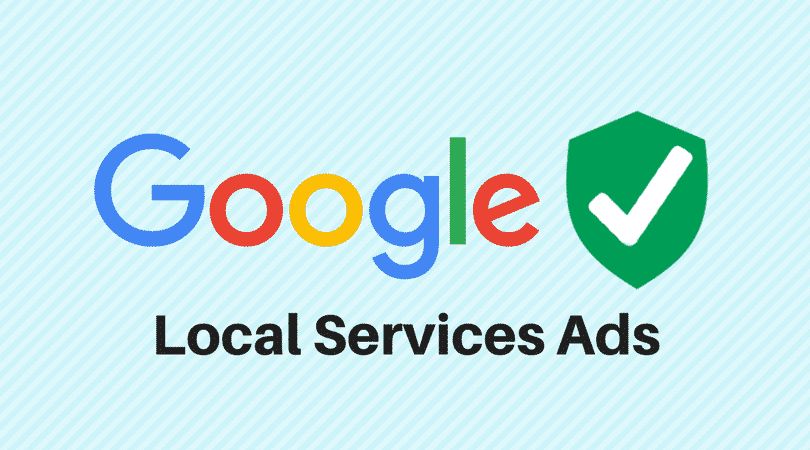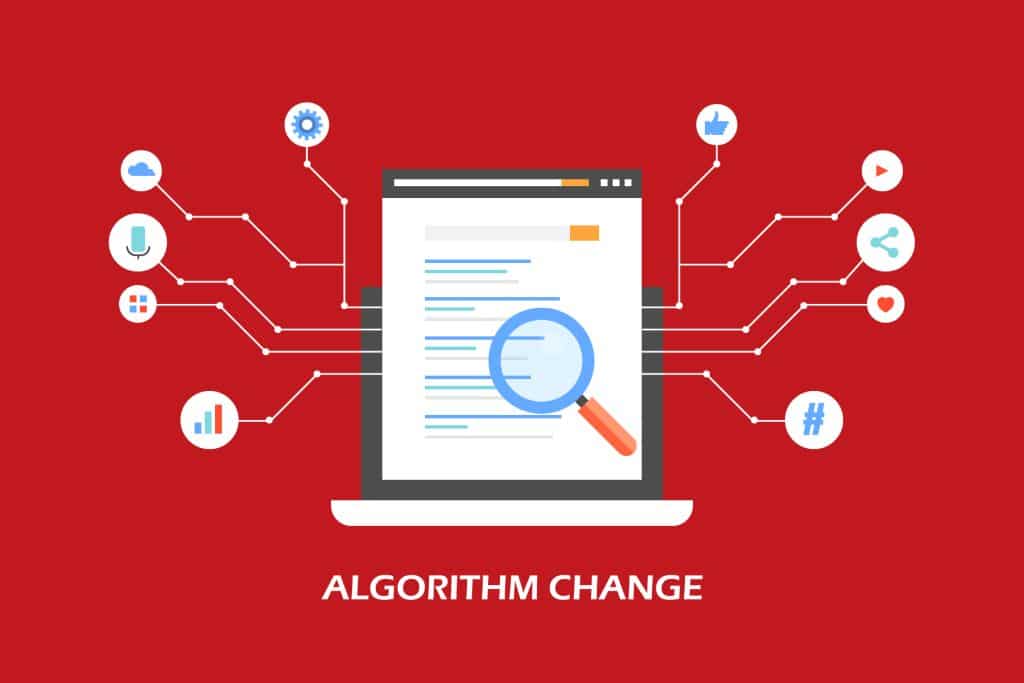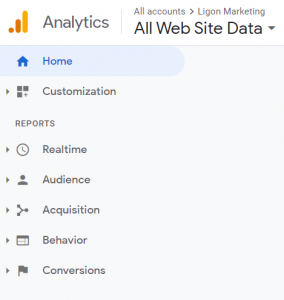Google’s Local Services Ads: A Comprehensive Guide to Boosting Your Business
In today’s dynamic digital landscape, if you want your business to thrive, you’ll need to establish a phenomenal online presence. There are multiple ways to do this and taking advantage of Google’s Local Services Ads (LSAs) is one of them. If you are new to the digital marketing game, you’ll want a few pointers on how to navigate the ins and outs of such a service. Even for a pro, it’s always good to shine up on your skillset by revisiting your options for digital marketing. Whichever camp you fall into, stick with us for the next few minutes as we discuss what Google’s Local Services Ads is, how to use the service effectively, how it can benefit your business, and how we at Ligon Marketing can help you accelerate your growth by utilizing it.
What are Google’s Local Services Ads?
Google’s Local Services Ads is a paid advertising platform designed specifically for local service providers. Whether you’re a plumber, electrician, locksmith, dentist, preschool, law firm, maid service, or other service professional, LSAs can substantially elevate your business’s visibility on Google’s search results. These ads feature prominently at the top of relevant search result pages when users search for services in their local areas. By facilitating direct connections between potential customers and trustworthy local businesses, LSAs effectively bridge the gap between service providers and clients.
How to Use Google’s Local Services Ads:
Step 1: Eligibility Check
Before diving into LSAs, you’ll need to ensure your business is eligible for participation in your region. Google supports various services, including plumbing, HVAC, electrical, garage door repairs, pest control, accounting, tutoring, personal training, and many others. A quick virtual trip to Google’s LSA’s home page will help you in this category.
Step 2: Create a Google Badge Certification Account
To participate in LSAs, businesses must apply for a Google badge certification. This certification involves a thorough background check of your business and employees, reassuring customers about your credibility and trustworthiness. A Google certification badge is prominently displayed on your ads and instills confidence in potential customers, as it means Google stands behind the quality of your services. Certification badge options include Google Guaranteed, Google Screened, and License Verified by Google.
Step 3: Set Up Your Profile
Your LSA profile is essential for attracting potential customers. Create a comprehensive and appealing business profile with accurate details, including the services you offer, your service areas, business hours, and contact information. The more information you provide, the higher the likelihood of attracting qualified leads.
Step 4: Budget and Bidding
Determine your daily budget and bids carefully. LSAs operate on a pay-per-lead model, meaning you only pay when a potential customer contacts you directly through the ad. Setting an appropriate budget ensures you can manage your ad expenditure effectively while generating valuable leads.
Step 5: Manage Your Ad Performance
Tracking the performance of your LSAs is essential for optimizing their effectiveness. Google provides performance metrics, such as lead volume and cost per lead, enabling you to make data-driven decisions. Regularly review these metrics to refine your advertising strategy and enhance your return on investment.
In our experience, setting up your Google LSA profile and subsequently managing your logistics and ad performance is always better with a professional agency by your side. Working with a team like Ligon Marketing will ensure that you set your data up correctly and are not wasteful in time, money, or resources.
Why Google’s Local Services Ads are Good for Your Business:
Enhanced Visibility: LSAs are positioned prominently at the top of Google’s search results, giving your business maximum visibility to potential customers actively seeking services in your industry and location.
Trust and Credibility: The Google certification and badge boost your business’s credibility in the eyes of potential customers. This trust factor is especially helpful for new customers who may be hesitant about trying out unfamiliar service providers.
Qualified Leads: LSAs are triggered by specific service-related queries, ensuring that the leads generated through these ads are highly relevant and more likely to convert into actual customers. This results in a higher return on investment compared to traditional advertising methods.
Cost-Effective Advertising: Pay-per-lead ensures you only pay for genuine inquiries from potential customers. This cost-effective approach minimizes wastage of ad spend on irrelevant clicks or impressions.
Mobile-Friendly Reach: With the increasing number of users relying on mobile devices for their online searches, LSAs are optimized for mobile, allowing your business to connect with potential customers on the go.
How Working with LSAs and an Agency Can Help Your Business Grow:
Hiring a marketing agency when trying to utilize Google Local Services Ads (LSAs) can be highly beneficial and essential for the success of your advertising campaigns. Here are several reasons we believe partnering with a marketing agency is important:
Expertise and Experience: A professional agency specialized in Google Ads and LSAs brings invaluable expertise to the table. At Ligon Marketing, we have a deep understanding of Google’s advertising platform and can create and manage campaigns that maximize your ad performance. By leveraging our expertise, you can avoid common pitfalls and ensure your ads are optimized for maximum performance.
Timesaving: Managing LSAs and staying updated with Google’s advertising policies can be time-consuming. By partnering with an agency like Ligon Marketing, you can focus on running your business while leaving the ad management to the experts.
Performance Tracking and Analysis: We use advanced data analytics tools to monitor your ad’s performance, identifying trends and patterns in real-time. This data-driven approach enables agencies like us to make strategic adjustments to your campaign, ensuring optimal results.
Flexibility and Adaptability: Google’s advertising platform and algorithms are constantly evolving. Partnering with an agency can help you swiftly adapt ad campaigns based on changing market dynamics, seasonal trends, and shifts in consumer behavior. This flexibility ensures that your ad strategy remains relevant and effective over time in an ever-changing digital landscape.
Better Targeting: At Ligon Marketing, we possess the knowledge and tools to target specific demographics and locations effectively. By reaching the right audience at the right time, your business gains a competitive edge and attracts high-quality leads.
Cost-Effectiveness: While LSAs can be cost-effective due to the pay-per-lead model, managing the campaigns efficiently requires expertise. A marketing agency can optimize your budget, targeting, and bidding strategies, ensuring you get the best return on investment (ROI) and maximize the value of each lead generated.
Strategic Targeting: A marketing agency can help you identify and target the most relevant and profitable customer segments. By refining your targeting, you can reach potential customers who are actively looking for services like yours, increasing the likelihood of conversions.
Adherence to Google Policies: Google has strict policies regarding the content and format of LSAs. A marketing agency should be well-versed in these policies and will ensure that your ads comply with them to avoid potential penalties or ad disapprovals.
Strategic Planning and Growth: Beyond immediate ad management, a marketing agency like Ligon Marketing can help you develop a long-term advertising strategy aligned with your business goals. This strategic approach focuses on sustained growth and brand awareness in your target market.
Our Takeaways:
Google’s Local Services Ads present an incredible opportunity for local service providers, and incorporating LSAs into your marketing mix can significantly enhance your business’s online visibility and attract valuable leads. However, to unlock the full potential of LSAs, we believe partnering with a marketing agency is crucial. The expertise, experience, and strategic insights of an agency like Ligon Marketing will ensure your campaigns are well-optimized, cost-effective, and tailored to meet your business objectives. By entrusting LSAs to a reliable marketing agency, you can focus on running your business while enjoying the benefits of a successful digital advertising strategy.
If you have questions or would like to set up a time to discuss how LSAs can benefit your business, give us a call at 863.430.1935 or email us today!














